|
During the week of July 15, with direction from an Arkansas River Watershed Collaborative (ARWC) forester, ARWC sawyers and volunteers, removed a large cottonwood tree that was deposited during the 2018 flood event. The tree, with its nearly 70 foot length and 7 foot diameter at its widest, had a 12 foot agricultural gate wedged in its crook while flows carried it down the creek channel during the July 2018 flood event. The large tree posed a risk to downstream neighbors if it moved again during another flood event. The recovery coalition team worked with landowners to secure funds to remove it.
With our coalition team member Chelsey Nutter now at the helm as ARWC Executive Director, the organization has become the formal parent entity housing our local coalition. The Arkansas River Watershed Collaborative (ARWC) is a 501(c)3, formed by the Watershed Health Sub-Committee of the Arkansas Basin Roundtable (ABRT). The coalition team continues work on securing funds to meet needs identified during the spring and summer.
0 Comments
The Natural Resources Conservation Service Emergency Watershed Protection (NRCS EWP) recovery project in the Big Cottonwood area in Coaldale wrapped up on July 16, 2019. The project was sponsored by Fremont County with matching funds from the CO Department of Homeland Security & Emergency Management. Otak Engineering designed and implemented the project, with Frontier Environmental as the contractor, with support from the coalition's hydrology and hydraulics assessment of flooding in the drainage. The grant program helps communities address watershed impairments like floods that pose immediate threats to life and safety. The project focused on the upper private reach of Big Cottonwood, near the confluence of Big Cottonwood, Little Cottonwood and Bitter Creeks. Work included measures like grading, channel realignment, debris removal, revegetation and structures to divert water away from homes, reduce damage caused by flood-born debris, and encourage stabilization of soils and deposition of sediment in safer areas, increasing the overall resiliency of the channel to accommodate increased flows during the post-fire recovery period.
|
ARCHIVES
September 2023
CATEGORIES
All
|

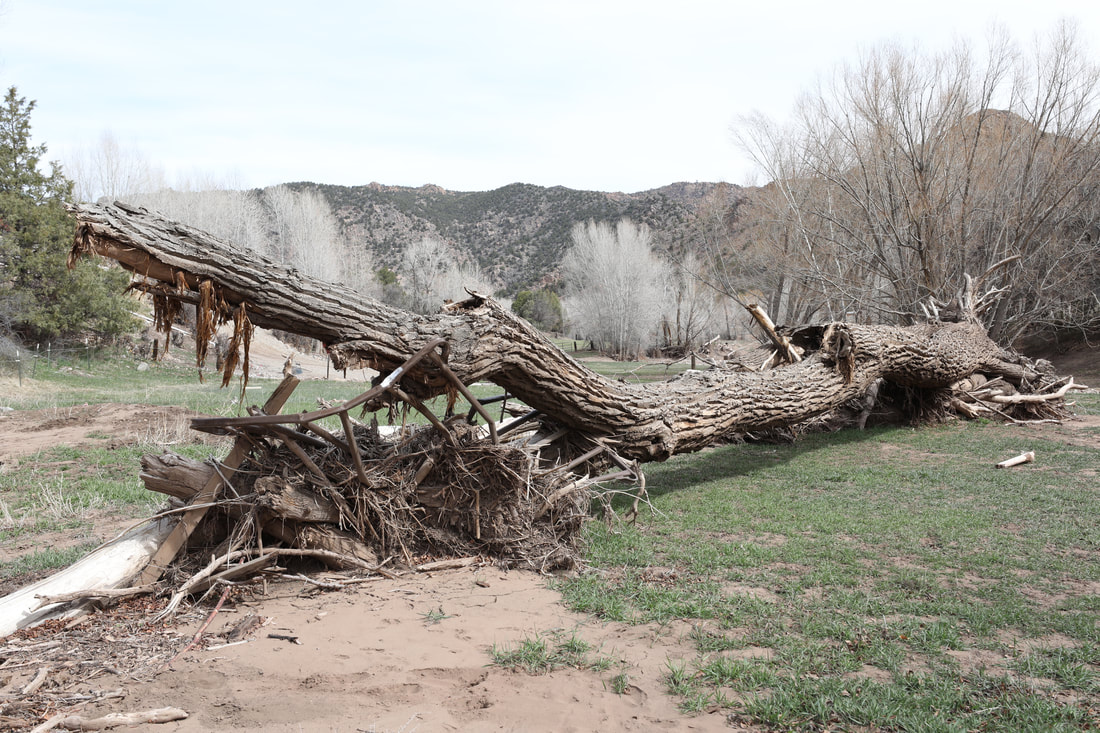
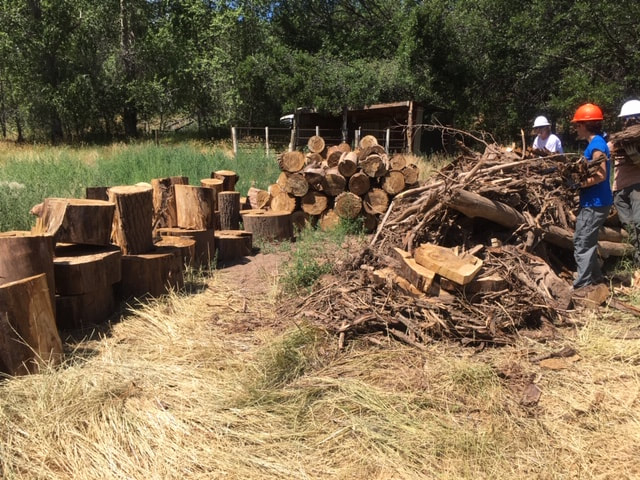
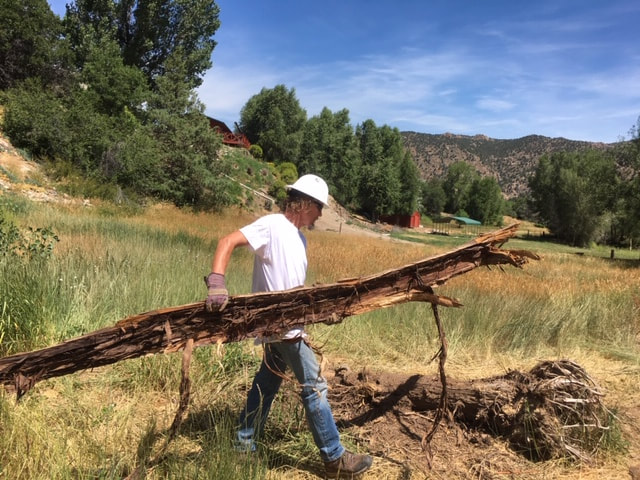
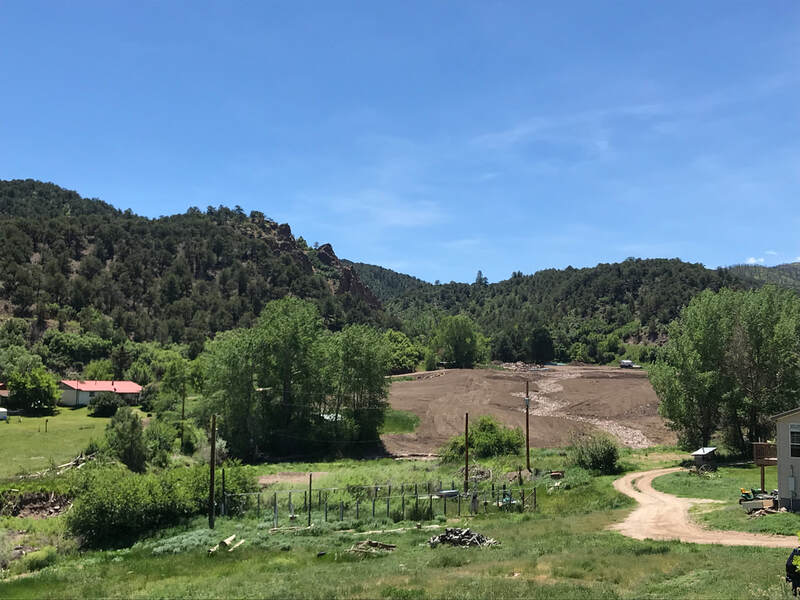
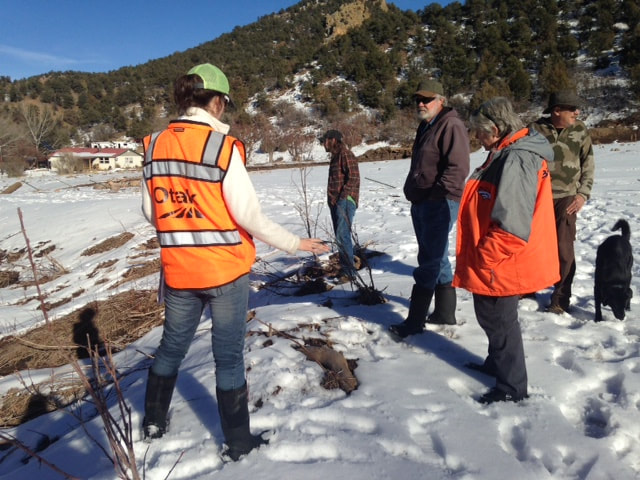
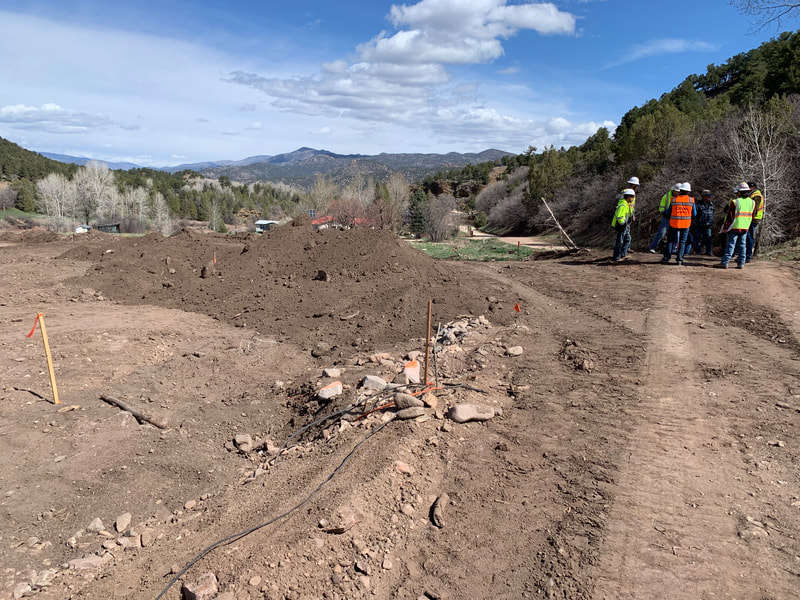
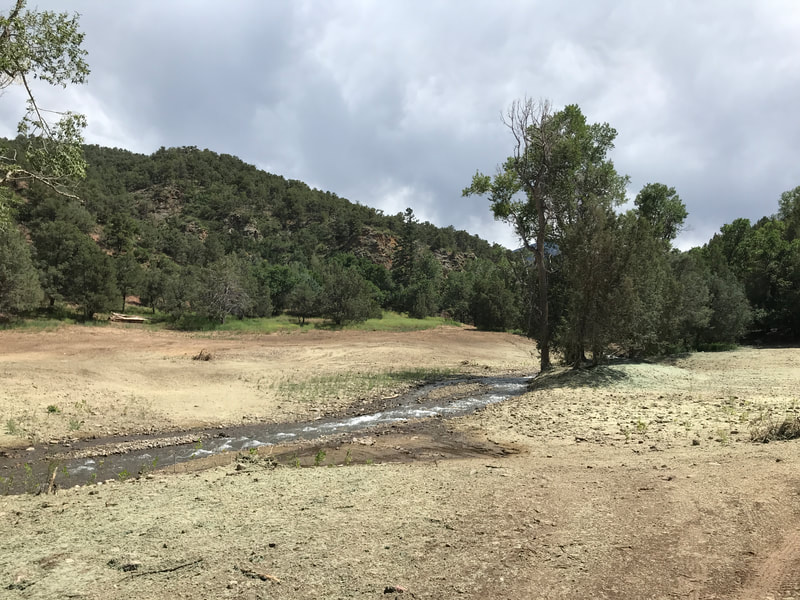
 RSS Feed
RSS Feed
